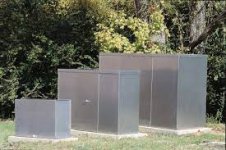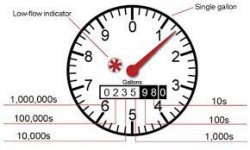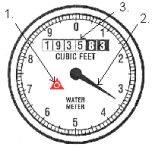I’d be curious to understand. I’ve had an auto fill that’s a repurposed sprinkler station for 15 years and it seems to work fine. There’s no float, so technically it’s not “auto” fill. During dry spells, I just program that sprinkler station to come on for 10 minutes a couple of times per week, just like the lawn sprinklers. It’s especially helpful if we’re out of town for an extended period. I don’t have to worry about the water getting too low.
And that use of a sprinkler value is totally fine, because there is no second valve downstream of the sprinkler valve. Sorry if I misunderstood. Let me explain and you can decide if the warning applies (for either of you in the discussion).
BTW, "working for 15 years" wouldn't reveal the problem, or prove there isn't one.
If you're using the sprinkler valve as a manual fill, or automating that valve, and it's "exit" pipe flows to the pool and just directly dumps water into it, then you're golden. But I thought you mentioned auto-fill. Auto-fill generally refers to a valve that has some sort of sensing, like a float, that determines when the pool is low, and automatically opens to restore the water level until the float returns to its full position. So that is the downstream valve. If you have a second sprinkler type valve in
front of that one, between the auto-fill valve and the water source (a well or street), then the upstream valve is under constant high pressure whenever the downstream valve is closed, which is most of the time. The backflow preventing mechanism (anti-siphon) in a sprinkler valve is not rated to be under constant pressure like that. It will eventually fail, if it hasn't already. The valve will still work fine as an on-off valve (which is why your "15-year" rational doesn't mean anything), but it's backflow prevention won't work when needed, like during a backflow event.
The proper valve in that scenario is a pressure-rated backflow prevention valve like this one:
(Yikes, they've almost doubled in price since I bought mine!)
With that valve, you can have a second valve (auto-filler) down stream and it's rated to handle that constant pressure. It even has testing ports that can be used periodically to confirm the backflow prevention is still working (something sprinkler valves cannot be tested for).
If you both only have one valve, you're good. If you have a true auto-filler, then the upstream valve should be pressure-rated.
Again, apologies if I misunderstood your setups.




